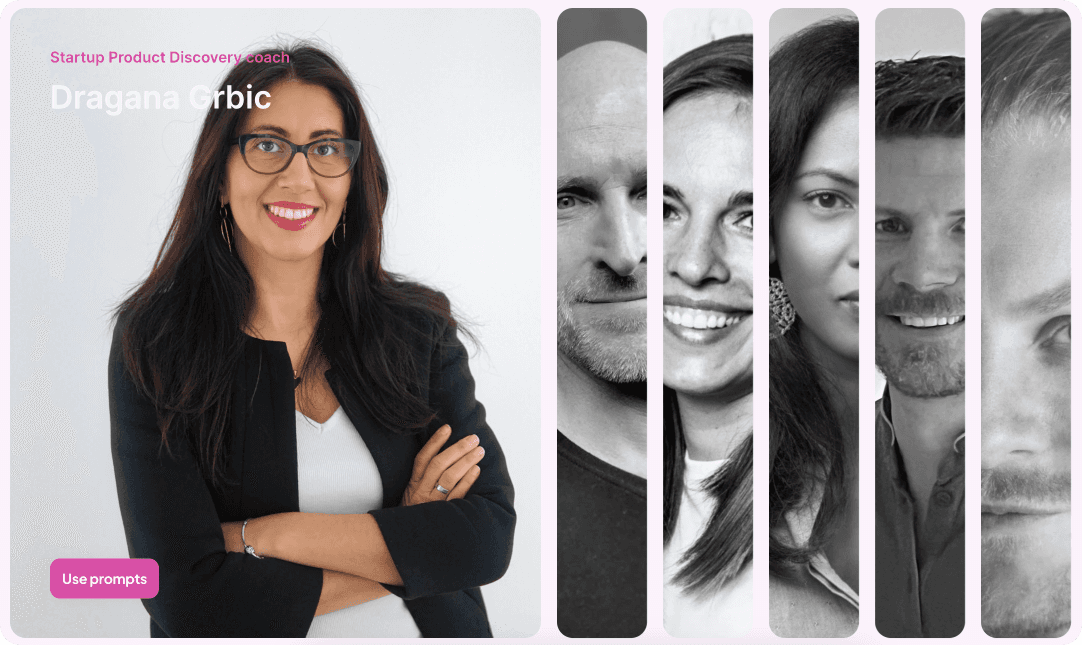Aug 16, 2016
Moodi Mahmoudi
When it comes to innovation within an organization, there is often an enormous gap between ambition — what we want to achieve — and performance — what we actually achieve.
The statistics are staggering. A recent McKinsey report shows that 84 percent of executives believe innovation is critical to their success. Only six percent, however, are satisfied with the actual innovation performance. That’s a 92 percent miss on target. There is no other function within an enterprise where the gap between ambition and actual performance is this large.
How can this be? Why are organizations failing to make innovation work?
It is because we aren’t asking good enough — much less the right — questions. And one of the key parts of making innovation smart, simple, and sticky is doing just that.
A trip to the past
Think back to when you were a child. That soaring sense of undying curiosity. Why is water wet? Why is the sky blue? How do birds fly?Expansive, open-ended questions like these flitted through our minds at lightning speed. And we weren’t afraid to ask such questions, either.
The most inquisitive group of people in the UK, for instance, are four-year-old girls, according to a study by online retailer Littlewoods. On average, they ask 390 questions per day. That’s one question every two minutes and 36 seconds. Imagine that learning curve!
But as we grow older, we stop being what is essentially the R&D department of the human species — questioning that which adults often take for granted, being naturally curious and wondrous about the world around us. An 18-year-old, by comparison, asks 80 percent fewer questions than his or her four-year-old counterpart. “Newsweek” calls this the “Creativity Crisis.”
This crisis occurs because adults tend to be solution- rather than question-oriented. And in the context of innovation specifically, people want ideas, not questions.
Fascinating, how we have everything upside-down.
If you follow the best practices of design thinking, you know that innovation does not start with ideas. It starts with questions, which lead to invaluable insights into your customers’ needs. There is no such thing as an “a-ha!” moment. Good ideas are instead rooted in customer needs and insights.
These ideas are envisioned by answering the right questions.
But to ask the right questions, we need to foster and encourage a sense of wonder for the world around us.
We need to act like children.
By opening up, allowing ourselves to be comfortable with being uncomfortable, and challenging ourselves, we look for surprises. And if we don’t look for surprises, surprises will find us.
If you build it, they will ask
Organizations that are successful in innovation will actively encourage employees to look for surprises and ask questions, as well as provide them with the time and space to do so. Achieving this calls for the construction of question-centric organizations, which stand upon a five-point foundation.
Question-centric organizations are:
Safe — People ask more questions in small groups, because they feel more comfortable. Organizations must be structured in such a way that they provide employees a comfortable environment in which to ask questions. Thus, Two-Pizza Teams.
Cool — Steve Jobs famously said, “Why join the Navy if you can be a pirate?” Who doesn’t want to be a pirate? Who doesn’t want to ask questions that challenge the status quo?
Fun — By getting out of their seats and onto the streets, teams of innovators observe the behaviors of and interact directly with their target users, thereby opening up the potential for good questions.
Rewarding — Quantifying success in innovation on every level of an organization offers encouragement to employees, providing them with a sense of achievement. Setting goals and milestones allow employees to follow a map to the a rewarding outcome.
Sticky — Asking questions must become second-nature to employees. Inquisitiveness must be seen as a best practice rooted in observation, networking, and experimentation.
The science of a creative question
Too often, we ask questions that begin with the word “can.”
But “can” questions limit an answer’s potential.
To ask questions that are meaningful and valuable, we must focus on what “might” be possible.
How might we [action verb] for [a user] with [a need], given that they [insight]?
Remember, too, that while asking questions, it is perfectly acceptable to come up with wrong answers. Management guru and author Peter F. Drucker hit the nail on the head when addressing this conundrum:

By asking the wrong question, Drucker suggests that the game is over before it has begun. This holds especially true for the innovation process: begin with the wrong question and you’ll ideate, scale, and prototype incorrectly. Asking the right question is the fundamental building block of making innovation work. At NEXT, we call this Sensing — exploring a topic by combining data-driven rationality with intuition.
Following NEXT’s process, organizations will find success in creating innovations that are desirable, viable, feasible, and legitimate.
This is our guarantee. After all, innovation is not art; it is science. It is a sure thing. If you want it, you can have it.
All you have to do is ask.
—
Contributing editor: Adam Kohut
Photo: Jay Ryness



